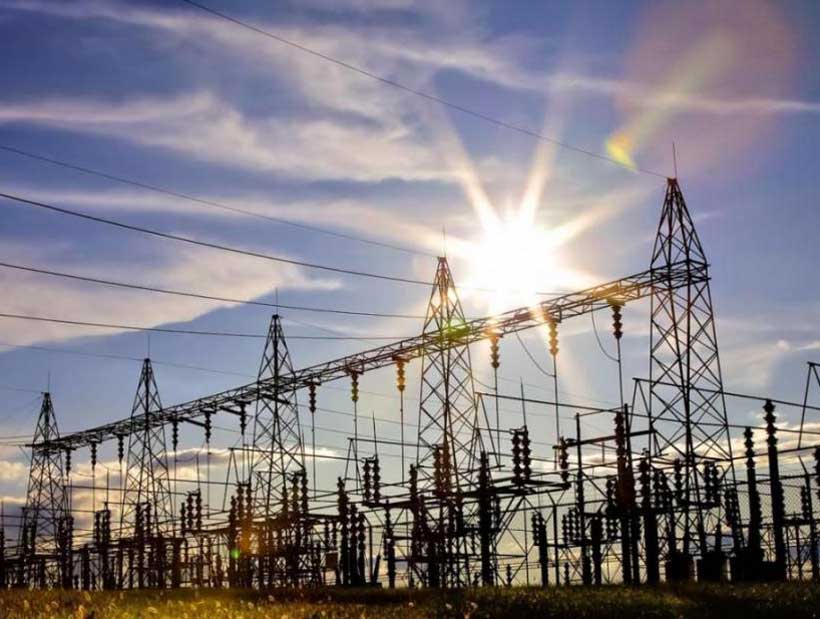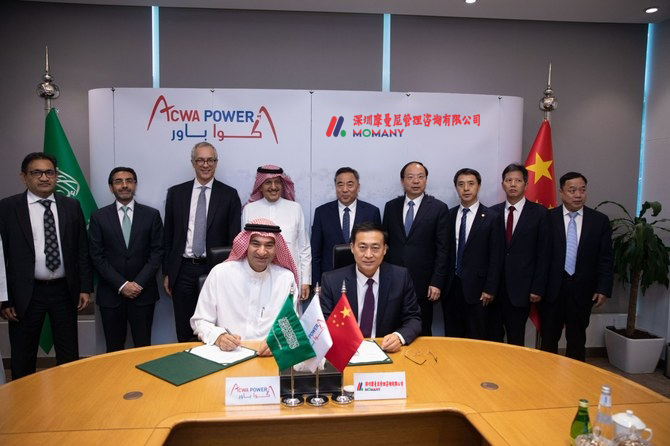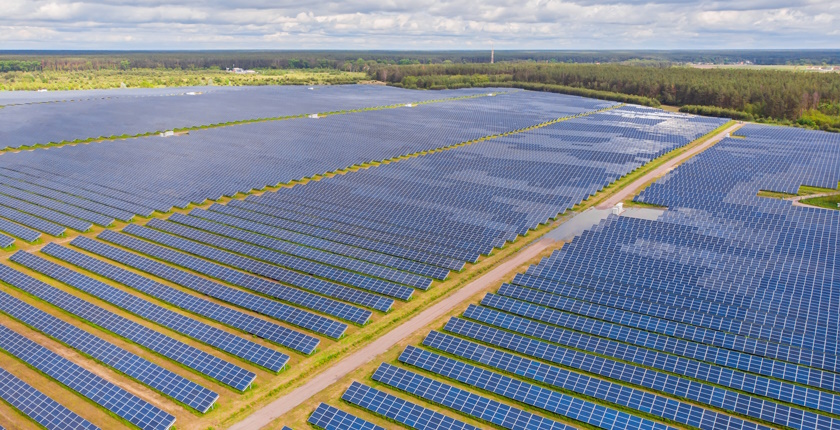In an era marked by technological advancements, evolving energy landscapes, and an increasing reliance on renewable sources, the necessity of upgrading power grids around the world has become more crucial than ever. The traditional power grid, a complex network of transmission and distribution lines, faces challenges in meeting the demands of a modern, dynamic society. As we stand at the crossroads of a rapidly changing energy paradigm, the upgrading of grids emerges as a key imperative for ensuring a resilient, efficient, and sustainable global energy infrastructure.
One of the primary drivers for grid upgrades is the integration of renewable energy sources into the power grid. With a growing emphasis on clean energy, countries worldwide are investing in wind, solar, and other renewable technologies to reduce their carbon footprint. However, these sources are often located in remote areas, necessitating the development of a smart and interconnected grid capable of efficiently transmitting electricity over long distances. Upgrading the grid to accommodate decentralized and renewable energy sources is vital for maximizing the benefits of clean energy and fostering a transition away from fossil fuels.
The advent of smart technologies further underscores the need for grid modernization. Smart grids leverage advanced communication and control systems to enhance the efficiency, reliability, and resilience of the power infrastructure. These grids enable real-time monitoring, automated responses to fluctuations in demand and supply, and improved integration of distributed energy resources. Upgrading to smart grids not only reduces energy losses but also enhances the overall flexibility and adaptability of the power system to meet the evolving needs of consumers and the grid itself.
The rise of electric vehicles (EVs) is another factor driving the urgency of grid upgrades. As the world shifts towards sustainable transportation, the demand for EVs is expected to surge. However, the widespread adoption of electric vehicles poses a considerable strain on existing grids. Upgrading the grid to support the charging infrastructure for EVs is essential to avoid overloading and to ensure a seamless transition to cleaner and more sustainable modes of transportation.
Climate change adds another layer of complexity to the need for grid upgrades. Extreme weather events, such as hurricanes, wildfires, and heatwaves, can disrupt power grids, leading to widespread outages. Modernizing the grid with robust and resilient infrastructure is essential to mitigate the impact of climate-related disruptions. By incorporating innovative technologies and adopting climate-resilient designs, grids can withstand the challenges posed by a changing climate, ensuring continuous and reliable power supply to communities.
Furthermore, grid upgrades play a pivotal role in enhancing energy access and promoting global development. Many regions, especially in developing countries, still lack reliable access to electricity. By investing in grid infrastructure, countries can extend the reach of electricity to underserved areas, fostering economic growth, improving healthcare, and enhancing overall quality of life.
While the necessity of upgrading grids is evident, the transition comes with its own set of challenges. Financial investments, regulatory frameworks, and public acceptance are critical factors that must be addressed for successful grid modernization. Collaborative efforts between governments, utilities, and private stakeholders are essential to overcoming these challenges and realizing the full potential of upgraded grids.
In conclusion, the upgrading of power grids worldwide is not just a necessity but a transformative opportunity. It is a pathway towards a more sustainable, resilient, and efficient energy future. By embracing technological innovations, integrating renewable energy sources, and adapting to the changing demands of our interconnected world, upgraded grids will play a central role in powering the progress towards a cleaner, greener, and more sustainable global energy landscape.



